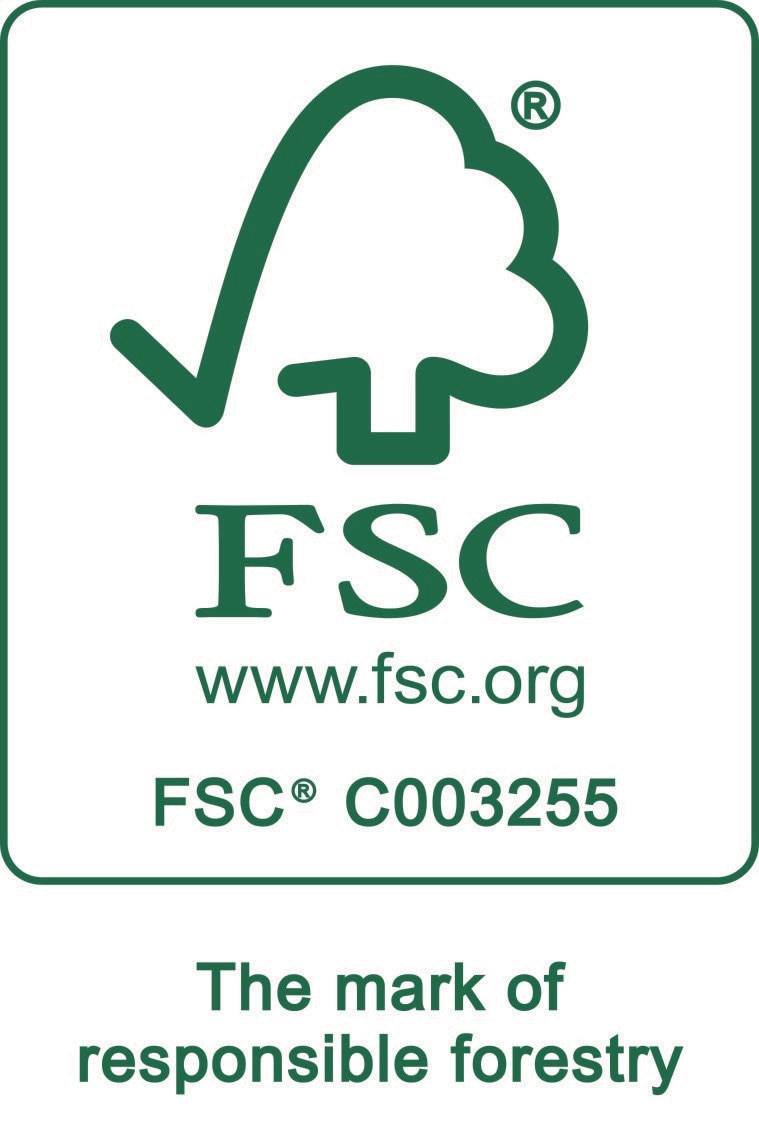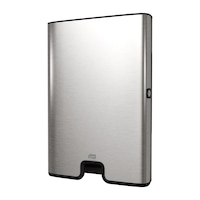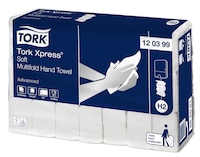

Tork Xpress® Compressed Soft Multifold Hand Towel
Description
- Improve guest comfort with these strong, absorbent and large paper hand towels
- Reduce paper towel consumption in your washrooms and improve hygiene with one-at-a-time dispensing
- Balance fantastic performance with great value, thanks to these economical hand paper towels
- Maximise your space – use these compressed paper hand towels with the compact Tork Xpress® dispenser in low-to-medium traffic washrooms




Product and delivery data
Delivery data
Carbon emission
- Tork Xpress® Multifold has an average cradle-to-grave carbon footprint of 11.7 g CO2e per use, with cradle-to-gate part 8.0 g CO2e per use.****
- Carbon neutral certified dispensers in Image line - produced with certified renewable electricity and compensated with climate projects.*****
- Fit almost twice as many towels per truck with Tork Xpress Multifold compressed towels - contributes to reducing CO2 emissions on transportation.******
Use and waste
- Reduce refill frequency with a one-at-a-time dispensing system that helps control consumption and reduce waste.*******
- Tork hand towels can be recycled into new tissue via Tork PaperCircle®********
- Switching from Tork C-fold to Tork Xpress Multifold Compressed will help reduce waste with 26%.*********
Hygiene
- One-sheet-at-a-time dispensing helps to minimise cross-contamination.*
- Drying hands with Tork paper towels will reduce more bacteria.**
- Refills are third-party verified for short-term food contact.
- Dispensers are certified Easy to use.***
- Tork Easy Handling® ergonomic packaging for easier carrying, opening and disposal.
Materials
- EU Ecolabel certified refills – reduced environmental impact across the product life cycle
- FSC® certified refills – made from responsibly sourced fibre
- Most of the plastic packaging for refills are made from at least 30% post-consumer recycled plastic (rest to come by end of 2025).**********
- Tork Xpress Soft Natural Multifold Hand Towel is made from 100% recycled fibres, the colour comes from recycled cardboard boxes as one of the fibre sources.
- The Tork Xpress Multifold compressed range reduces packaging material with up to 27%.***********
References
*Used in conjunction with articles 100297, 120289, 150299
**When washing with soap, water vs only using soap and water. Based on modified EN 1499 standard, tested with E. coli., using Tork Mild Soap refill art. 420501 and Tork PeakServe refill art. 10058.
***Certified by the Swedish Rheumatism Association.
****Represents the Tork Xpress® Multifold European refill assortment per user occasion. Based on third party reviewed life cycle assessments (LCA) covering all refill quality tiers combined with consumption data. Because this data is a system average, it is not intended to be used in carbon reporting for specific articles and consumption.
*****Only valid for Image line, for dispensers sold or leased in Europe (except France) from May 2023. ClimatePartner certified product: www.climate-id.com/en-gb/9VIUDN
******Compared to equivalent Tork standard folded towel and based on number of towels fitting on a pallet.
*******Dispensability tests performed with Tork hand towel articles
********Available in select countries.
*********Comparing average weight of Tork 471114 and 290265 with average weight of Tork 100888, 100889 and 120454
**********Check the catalogue to see individual product certifications and claims.
***********Compared to equivalent Tork standard folded towel.








